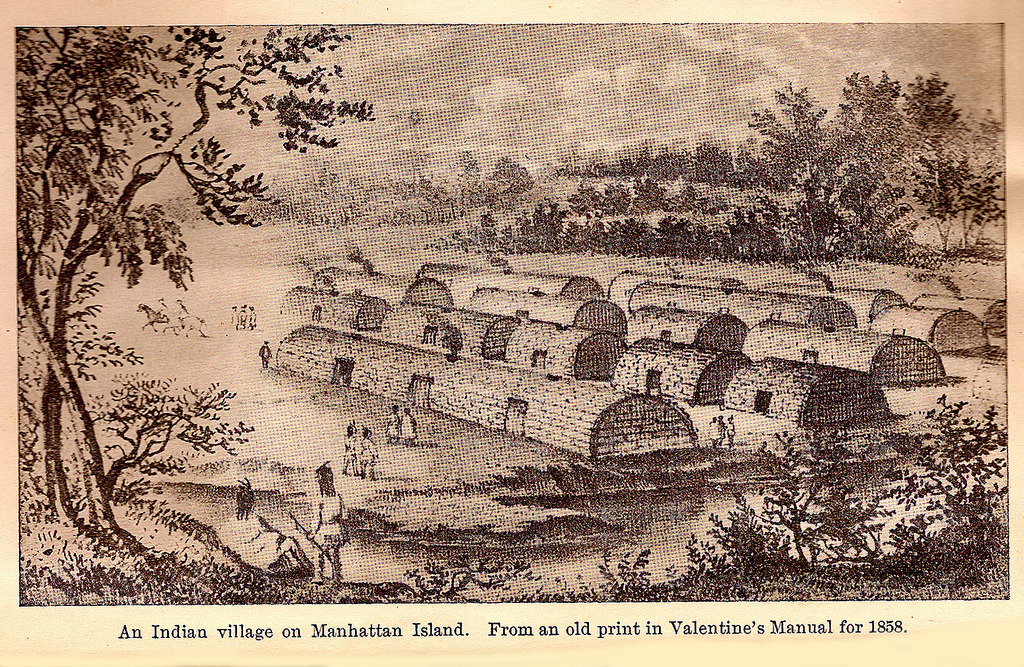 Around and About New Jersey: The Lenape Indians
Around and About New Jersey: The Lenape Indians
John Kraft, the curator and guide of the Lenape Indian Village at Waterloo, explains how archaeologists learn about the past by digging in the ground and carefully studying the objects they find.
Scientists think that the ancestors of the Lenape Indians* migrated across a land bridge from Asia about 15,000 years ago. They gradually spread throughout North and South America, arriving in what we now call New Jersey about 12,000 years ago.
Over the centuries, these ancestors of the Lenape began to cultivate crops and live in villages along riverbanks.
We accompany Kraft through the reconstructed Lenape Village, learning how the Lenape built their houses, which were called wigwams, and how the men hunted and fished while the women grew vegetables, cooked meals, and raised children. Kraft explains that the way of life of the Lenape changed drastically when European traders began to arrive seeking furs. The Indians exchanged furs for brass pots, iron tools and cloth. They also caught diseases such as smallpox and measles from the newcomers. As furs became harder to find, the Lenape sold their land and moved west.
Today, most of their descendants live in Oklahoma, Wisconsin, and Ontario, Canada. The legacy of the Lenape includes such foods as corn, squash, beans, and many place names.
* In this program we use the terms Native Americans and Indians
interchangeably. Many descendants of the Lenape today refer to themselves as Indians.











